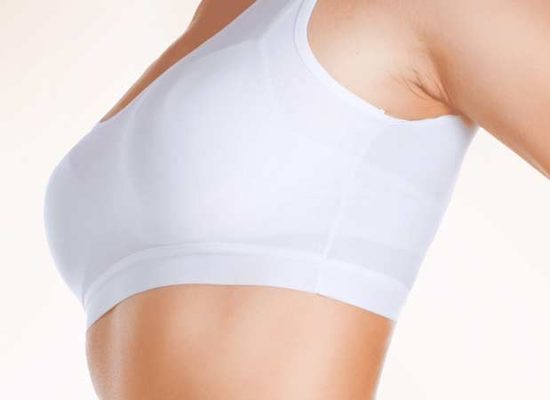The fat graft, also known as lipografting, is the surgical technique that uses the individual’s autologous adipose tissue to correct deformities or fill soft tissues, such as breasts, glutes, facial contour, and inner thighs.
What is fat in human body?
In the human body, the term fat usually refers to triglycerides, since this is how it is stored in adipocytes, a specialized type of cell. They are solid or semisolid at room temperature and can be differentiated into saturated and unsaturated.
There are two types of fats, one of which is termed as brown fat or brown adipose tissue. It is what has thermogenic function, protecting from sudden variations in body temperatures. It is more present in newborns and as we age it decreases. In adult individuals, it corresponds only to about 5% of adipose tissue.
The other type is white fat, in it is stored energy to the body. When in a situation of prolonged exercise or fasting, these fats are recruited and can be used by muscle and liver to produce energy.
It is distributed in almost every subcutaneous region, but mainly in the buttocks, thighs, abdomen and breasts and around various organs, including all hollow viscera such as stomach, intestines and bladder. This type of fat also provides mechanical protection, which means that it protects the organs if there is some kind of stronger impact.
Because it has so much coverage in the human body, white fat has become an important tool in several aesthetic procedures, such as fat grafting or lipografting, liposuction and lipo HD.
Which fat is suitable for fat grafting?
Autologous adipose tissue is the ideal fat for this procedure, since the basic premise for correction of deformity is that the tissue is as similar as possible to what will be corrected, because its light and natural texture applied in a reasonable amount has permanent reintegration capacity and gives a subtle aspect. In addition, the chances of rejection are much lower than in other techniques.
What are the benefits of fat grafting?
The fat graft can promote the restructuring of an atrophied part, worn or even absent in some places of the body, can also serve as a treatment and prevention of skin aging or congenital deformities. Also, it is used for the augmentation and contour of glutes, breasts, thighs, face, among others, when they are not in harmony and there is a desire to change.
Because it is a procedure that collects the person’s own fat by liposuction and fills the desired area, the scars are minimal. The technique of using cannulas makes the passage of fat through the skin subtle, leaving no apparent marks. The fat, after it is integrated to the desired site, gives an aspect of improvement and rejuvenation of the part, still maintaining a soft consistency.
Surgery takes place in a hospital setting and the length of stay in the hospital will depend on the areas that have been operated or if another associated surgery. Recovery is fast and smooth, allowing you to resume normal activities after a few days of rest.

What to expect from the fat graft?
It is important to understand that the fat graft does not have the same aspect of silicone prostheses or even of filling with hyaluronic acid. Lipografting reduces imperfections, corrects some flaws and increases the volume of the desired parts, leaving a natural appearance.
However, sagging and excess skin will not be resolved. If the graft is applied to the face, the expression lines and wrinkles will look younger.
How is the fat graft done?
The procedure is performed by liposuction and lipografting techniques, that is, fat is collected through a small incision (between 3 and 5mm) made in the skin, through which a blunt cannula is inserted, aspiring it by the liposuction technique, making movements of back and going, collecting all the necessary fat.
The collected adipose tissue is placed in a sterile site, where a separation by gravity of elements (decanting) is made.
Then, separate oils and sera are discarded from fat, leaving only the necessary part for lipografting. Adipose tissue is then introduced and applied on site.
What about post-op?
It is essential that the post-operative person is at rest for the first 8 days, but without lying on the operated region. In addition, in the first month it is necessary to suspend physical exercises and any kind of effort.
This pillow avoids the movement of the fat that has been injected and incorrect absorption by the body. And fortunately, with the factor of the fat injected being from the patient himself, there is rarely rejection of the organism.
The operated area should be under pressure most of the time, so that recovery is easier and more effective. Thus, the use of the compressor strap or post-surgical bra is indispensable to achieve the expected results.
It is worth noting that any surgery leaves scars and that they form in different ways in each body, but plastic surgeons always value leaving them in hidden places and with the greatest possible discretion.
What are the contraindications?
Unfortunately, it is not all people who are able to perform the fat graft. See contraindication situations to see whether or not you can operate:
- Be more than 30% above the ideal weight;
- Being committed to health at any level;
- Present emotional and psychological instability;
- Have miraculous expectations that go beyond medical capacity.
These are general recommendations, but it is important that you talk to your doctor about your condition, ensuring a smooth preparation, a trouble-free surgical session and a comfortable recovery.































